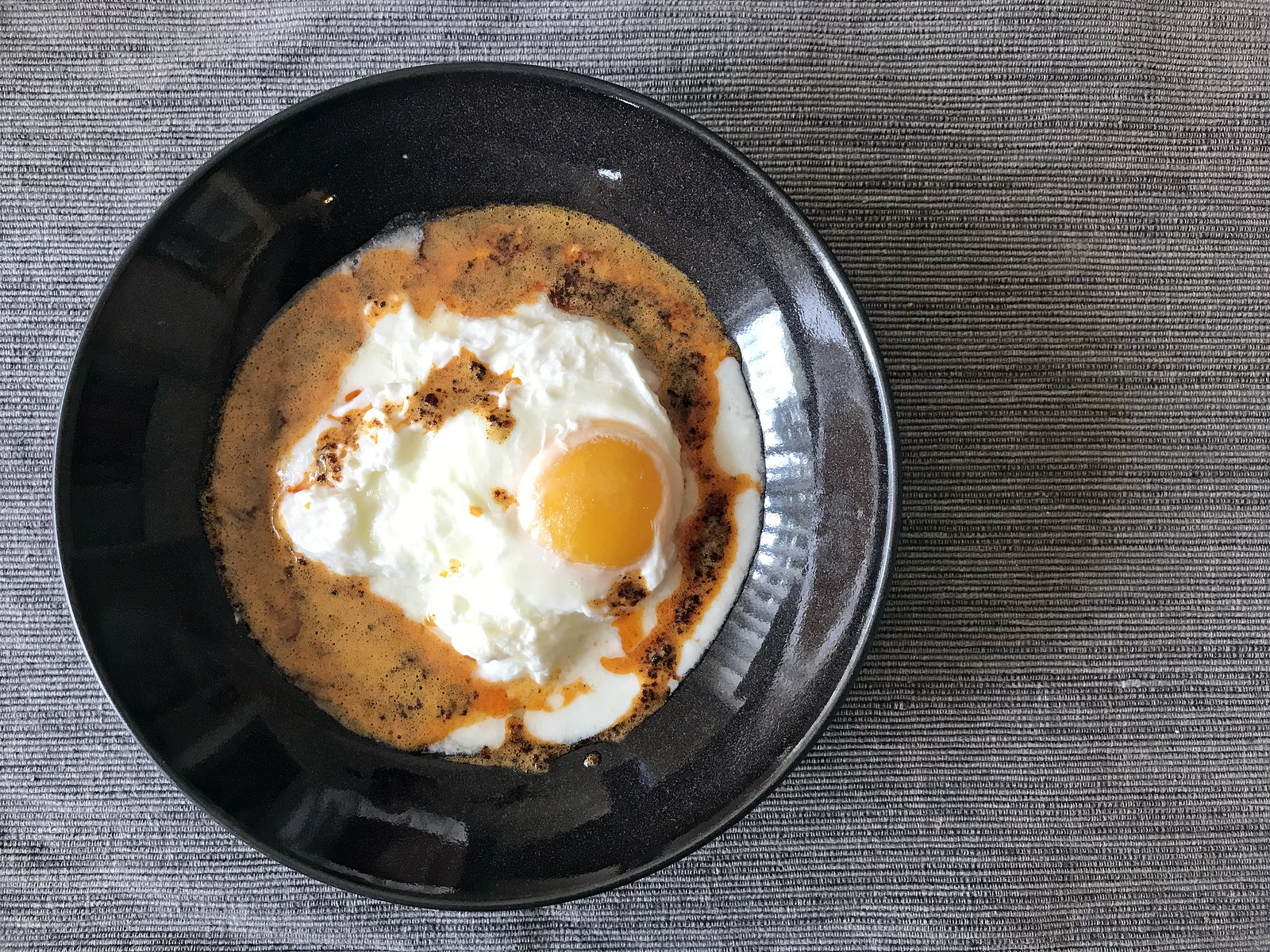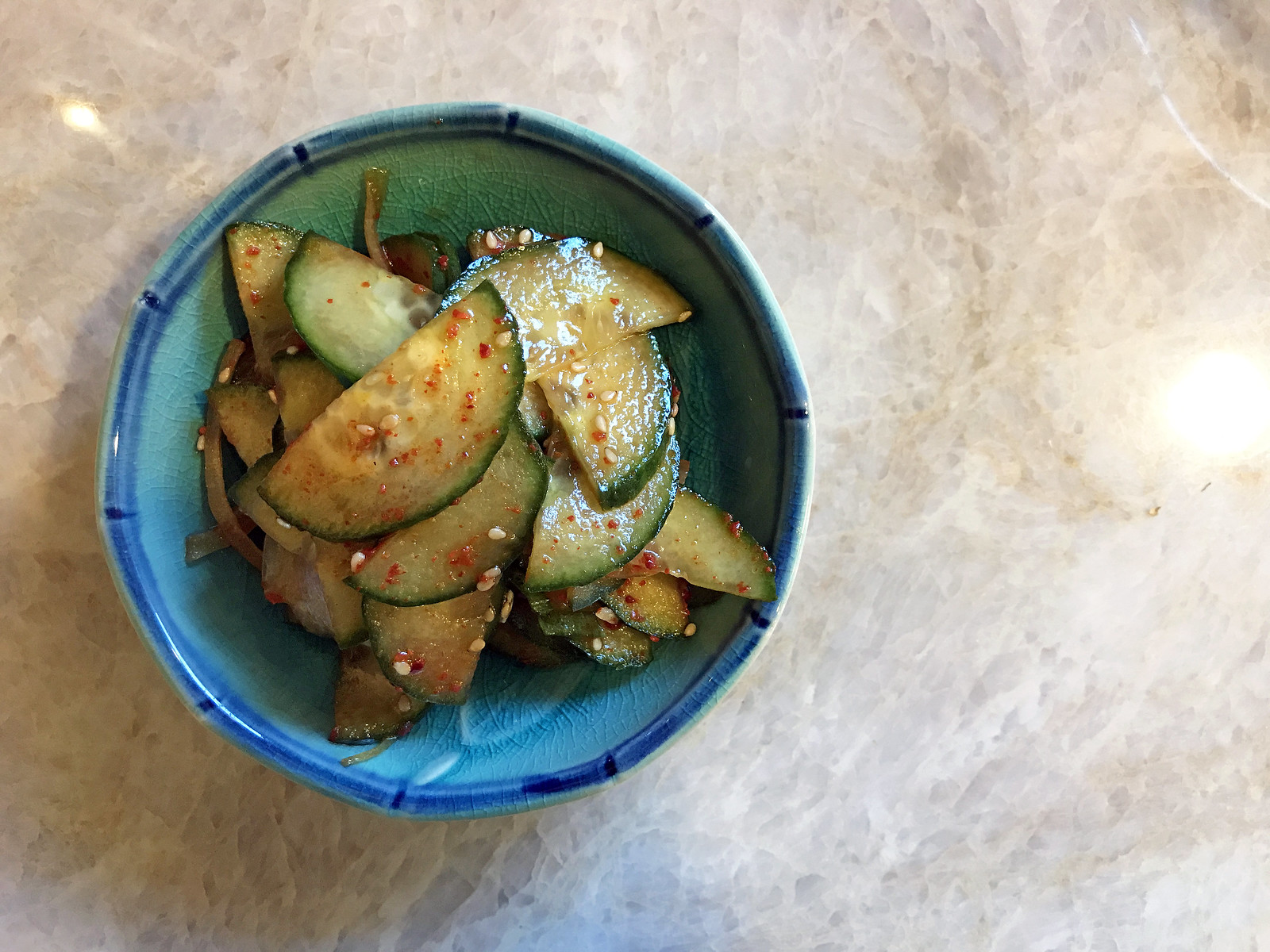Growing up, one of my favorite after-school snacks was halvah rolled up with lavash flatbread: simple, sweet, and satisfying. Called halvardeh in Persian, Middle Eastern halvah is ubiquitous these days in well-stocked American grocery stores. But when I was a kid, halvah was precious: we’d make semi-monthly drives from Santa Rosa to San Jose to stock up on Iranian favorites, including halvah, sour cherry jam, lavashak (sour fruit roll ups), and spices and herbs for days.
This halvah-stuffed challah is a grown-up version of my childhood snack and make no mistake about it: this is a weekend project. Adapted from a Food and Wine recipe, this takes the better part of an afternoon to make, and the results are well worth it. This recipe makes two loaves so make like me and freeze one for eating later, when the craving strikes.

Ingredients:
1 1/2 cups warm water
1 1/2 tablespoons active dry yeast
1/3 cup plus 1 teaspoon sugar
5 eggs
1/2 cup canola oil
2 1/2 teaspoons vanilla extract
8 1/4 cups all-purpose flour
2 1/2 teaspoons ground cinnamon
1/8 teaspoon ground cardamom
1 cup tahini
1/3 cup plus 1 tablespoon honey
Salt
1 1/2 cups chopped halvah
Sesame seeds and more sugar, for sprinkling
1. Make the dough: In a small bowl, whisk the water with the yeast and 1 teaspoon of the sugar. Let stand for 10 minutes, until foamy.
2. In a medium bowl, whisk 4 of the eggs with the oil and 1 teaspoon of the vanilla. In the bowl of a stand mixer fitted with the dough hook, combine the flour, pinch of salt, 2 teaspoons cinnamon, 1/4 teaspoon cardamom and the remaining 1/3 cup of sugar. Mix to blend. Add the egg and yeast mixtures and knead until the dough comes together, scraping down the side and bottom of the bowl, about 3 minutes. Scrape the dough out onto a work surface and knead until smooth and slightly sticky, 8 to 10 minutes. Transfer the dough to an oiled large bowl and cover with wax paper and a towel on top.
3. Make the filling and topping: In a medium bowl, stir the tahini with 1/3 cup of the honey, the remaining 1 1/2 teaspoons vanilla, the remaining 1/2 teaspoon cinnamon, a pinch of salt, and 2 tablespoons of water until smooth. In a small bowl, beat the remaining egg with the remaining 1 tablespoon of honey and 1 tablespoon of water.
4. Preheat the oven to 375F degrees and line 2 baking sheets with parchment paper. Divide the dough into 2 equal pieces. Transfer 1 piece to a lightly floured work surface and keep the other piece covered with a damp kitchen towel. Divide the dough on the work surface into 3 equal pieces. Using a rolling pin, roll out 1 piece into a 
14-by-6-inch rectangle. Spread 1/4 cup of the tahini mixture on top, leaving a 1/2-inch border. Sprinkle 1/4 cup of the halvah over the tahini in an even layer. With a long side facing you, tightly roll up the dough into a log, pressing the seam and ends together to seal in the filling. Repeat with the other 2 pieces of dough, 1/2 cup of the tahini mixture and 1/2 cup of the halvah. Arrange the 3 logs on one of the prepared sheets and braid them together. Brush with the egg wash and sprinkle with sesame seeds and sugar. Repeat with the second piece of dough and the remaining filling, egg wash and toppings. Bake the challahs for about 25-30 minutes on the middle and bottom racks of the oven, shifting and rotating halfway through, until deep golden. Transfer to racks to cool.





